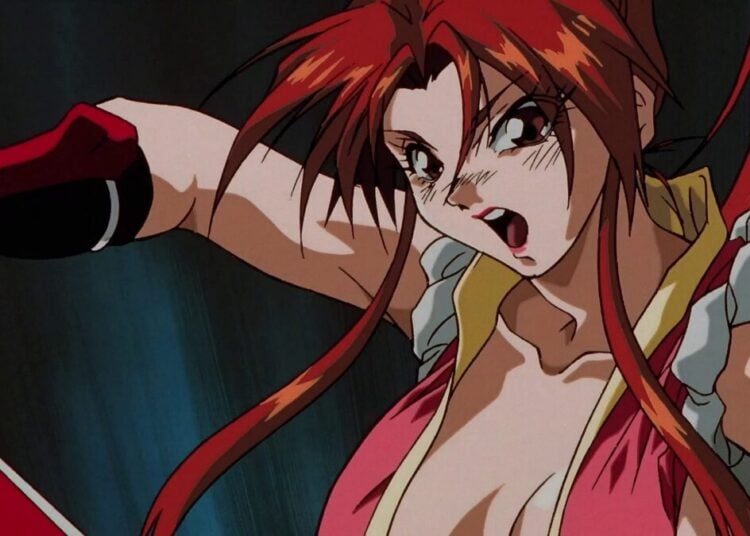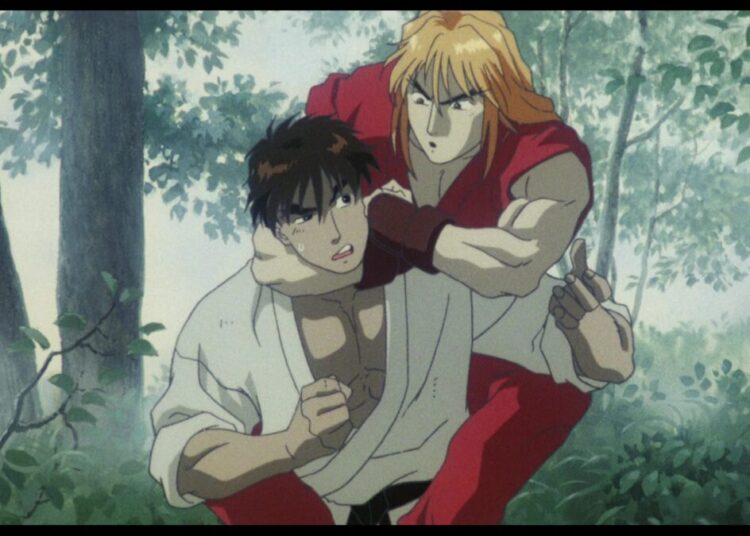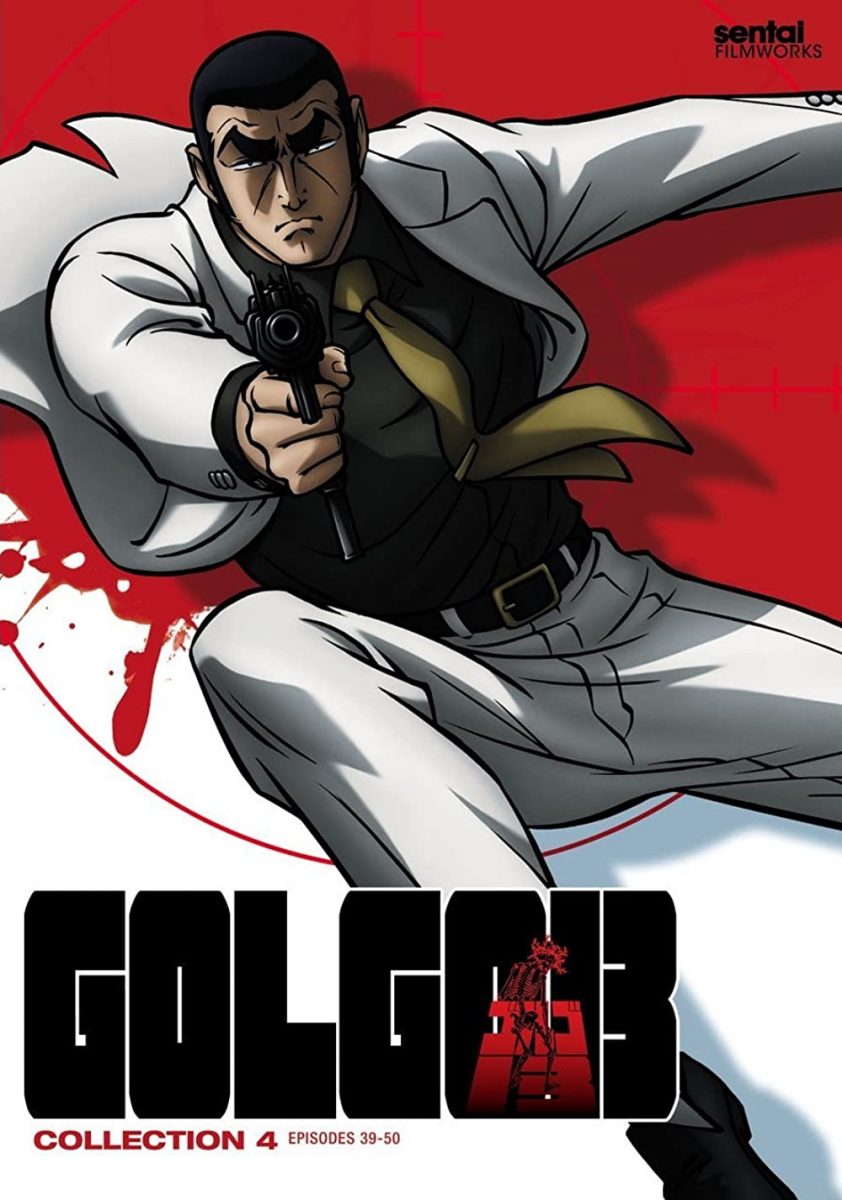
Takao Saito’s Golgo 13 is undeniably a legend in the world of manga. Since 1968, not only has it become among the longest-running Seinen series ever published, with its 200th volume having recently been released. The titular hero’s exploits have also been the subject of video games, live-action films, and OVAs like Golgo 13: The Professional (1983) while serving as an inspiration for both other Japanese and Western creators. For all that pedigree, however, it wasn’t until the 21st Century that a proper TV adaptation even saw the light of day, running from 2008 to 2009. Thankfully, this lives up well to those expectations.
Directed by Shunji Ōga, this 50-episode romp is the work of The Answer Studio, founded in 2004 but with a long history involving Toei and Walt Disney Animation. Known more for doing outsourcing work, as well as the first two seasons of Transformers Animated (2007-09) among others, handling something like Japan’s equivalent to James Bond might seem like a tall order, if not a daunting one. Yet somehow, warts and all, the animators managed to pull it off. All the while updating this classic title for a new generation of fans.
Sentai Filmworks’ trailer for the TV show does a good job teasing the titular assassin’s skills and notoriety, as well as the solid soundtrack. Circa 2020. (Source: YouTube)
Despite the massive backlog that’s the source material, though, you don’t need to worry about being out of the loop, in more ways than one.
Dances with Death
The titular Golgo 13, often going by the alias “Duke Togo” (Hiroshi Tachi, David Wald) is a man of mystery. Not even the world’s best intelligence agencies have an idea as to who he actually is. What is undeniable, however, is his reputation as a highly sought-after hitman, and lady-killer. Pay him three million dollars, and he will get the job done, usually with a custom M16 assault rifle on hand. Just don’t stand behind him, get in his way, or try to double-cross this enigma, lest one would like a dance with death.
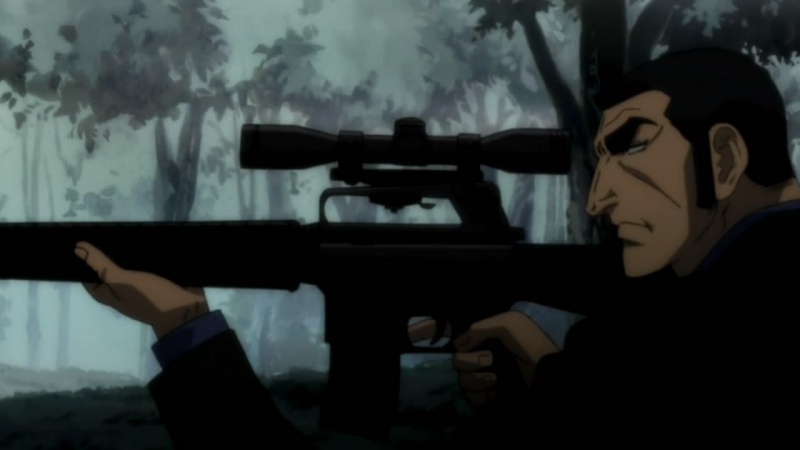
Compared to the OVAs that preceded it, each episode is a self-contained vignette-based almost wholesale on the myriad chapters and arcs that have published over the years. In practice, this translates into there is no real overarching plot tying everything together apart from the lead man himself for the most part, especially when characters can wind up dead or worse by the end. Meanwhile, though his exploits are reimagined as taking place around contemporary times rather than the Cold War, those aforementioned sexcapades remain unchanged. Make no mistake: the anime proudly carries over that classic masculine power fantasy in all its politically incorrect and raunchy glory.
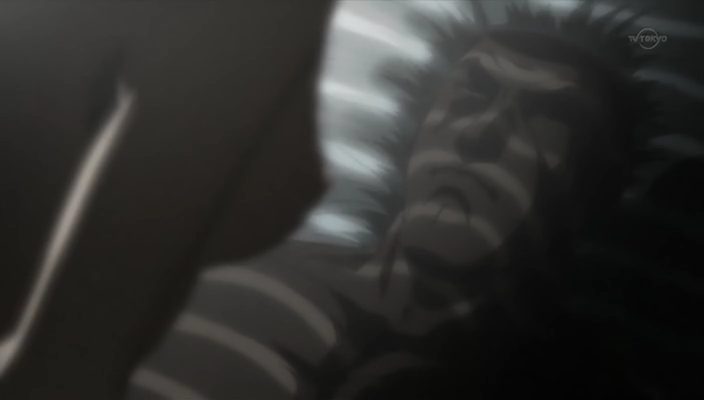
While all this means that the series could feel “target of the week” formulaic at times and that certain aspects would draw controversy from some circles, there’s much more beneath the hood. There’s much effort put in exploring the other characters and the overall setup to the eventual hit, rather than simply fixating on Duke Togo. Indeed, this has resulted in the episodes being remarkably varied in both themes and scope. One vignette, for instance, involves the CIA hiring the famed assassin over US Government infighting, while another focuses on a musician seeking to ruin a violinist’s career. There’s even a story wherein the lead doesn’t even show up at all, as simply the fear of someone hiring him is enough to drive a mob boss to paranoia.
Though the quality of the writing can be uneven, if not jarring, this nonetheless lends a kind of hyperrealism that, amidst the over-the-top action, still comes off as grounded. It’s a murky world, where shady political power plays and petty grievances are a dime a dozen, with clear-cut happy endings not on the table for anyone. It’s also a very human one, in which clients calling for wetwork can have genuine justifications, and where decent people could resort to questionable methods to get their way. Though many of the people Golgo 13 encounters and/or kills tend to be much more despicable than he is –further cementing him as the closest thing the show has to a “hero” – many others are shown to be rather sympathetic in their plights. This also extends to how a good deal of the female characters isn’t just victims or sex objects, whether they’re having schemes of their own, or even challenging the man himself.
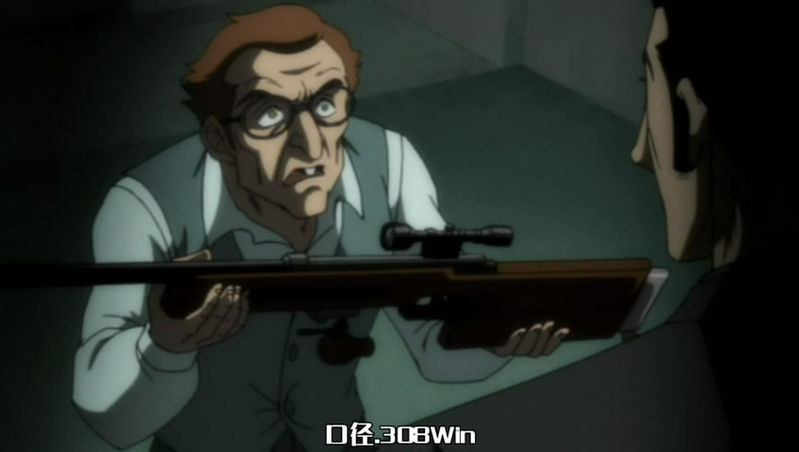
Then, there’s Duke Togo himself. For all the mystery and notoriety surrounding the sharp-dressed legend, including his nigh-superhuman talents, the series does provide some precious insights beneath that ruthless, stonewall façade, though it’s a slow burn. While it’s all but guaranteed that he’d make it out alive at the end of each episode, that predictability is counterbalanced by how meticulously be prepares for his assignments, and even with how he’s not above getting within an inch of death, yet still powering through. Meanwhile, whether it be not killing anyone needlessly, or handsomely if not generously rewarding those who help him, it’s clear that the titular protagonist does have a moral code, with more than a hint of empathy. True, you don’t get to see much further, yet it’s not hard to see why he remains an alluring figure even into the present day.
On Target
Visually speaking, Golgo 13 can come across as more muted and less fluid compared to the OVAs. That said, the aesthetics used not only stays faithful to Saito’s realistic manga art style, albeit with a modern anime twist. Rather, from firearms to backdrops as varied as Washington D.C. and the Sahara, it also retains much of the attention to detail seen in the source material. The use of cell-shaded CGI with 2D, though nowadays showing its age, still manages to blend well with the comparatively crisp action sequences, especially when it comes to bullets and aircraft. That the high-flying violence and titillating scenes have also been carried over uncensored for the most part is another bonus.
A showcase of some of Golgo 13’s exploits, highlighting how even with some of the limitations, the action remains as engrossing as ever. (Source: YouTube)
The audio and performances, though, are where it truly shines, at least for the Japanese version. Despite the show being Hiroshi Tachi’s first (and so far, only) foray into anime voice acting, the famed actor effortlessly pulls off that baritone, manly gravitas most associated with Duke Togo. The rest of the varied cast, though not to the same extent, do a more than serviceable job in giving performances as gritty and sensual as the imagery. The same couldn’t quite be said for the English dub, its quality varies from decent to laughable. Thankfully, any shortcomings are made up for by the jazzy, atmospheric and noir-esque soundtrack, including the high-pumping “Take the Wave” by Naifu.
Alas, the series’ run only lasted two seasons, covering only a small fraction of the manga’s voluminous stories. Still, it’s succeeded in not only bringing the legendary assassin into the modern anime scene but also bringing in younger fans allured by this blast from the past. With the anime being readily available on DVD and localized by Sentai Filmworks for the wider world, Golgo 13’s exploits are not about to disappear anytime soon.


